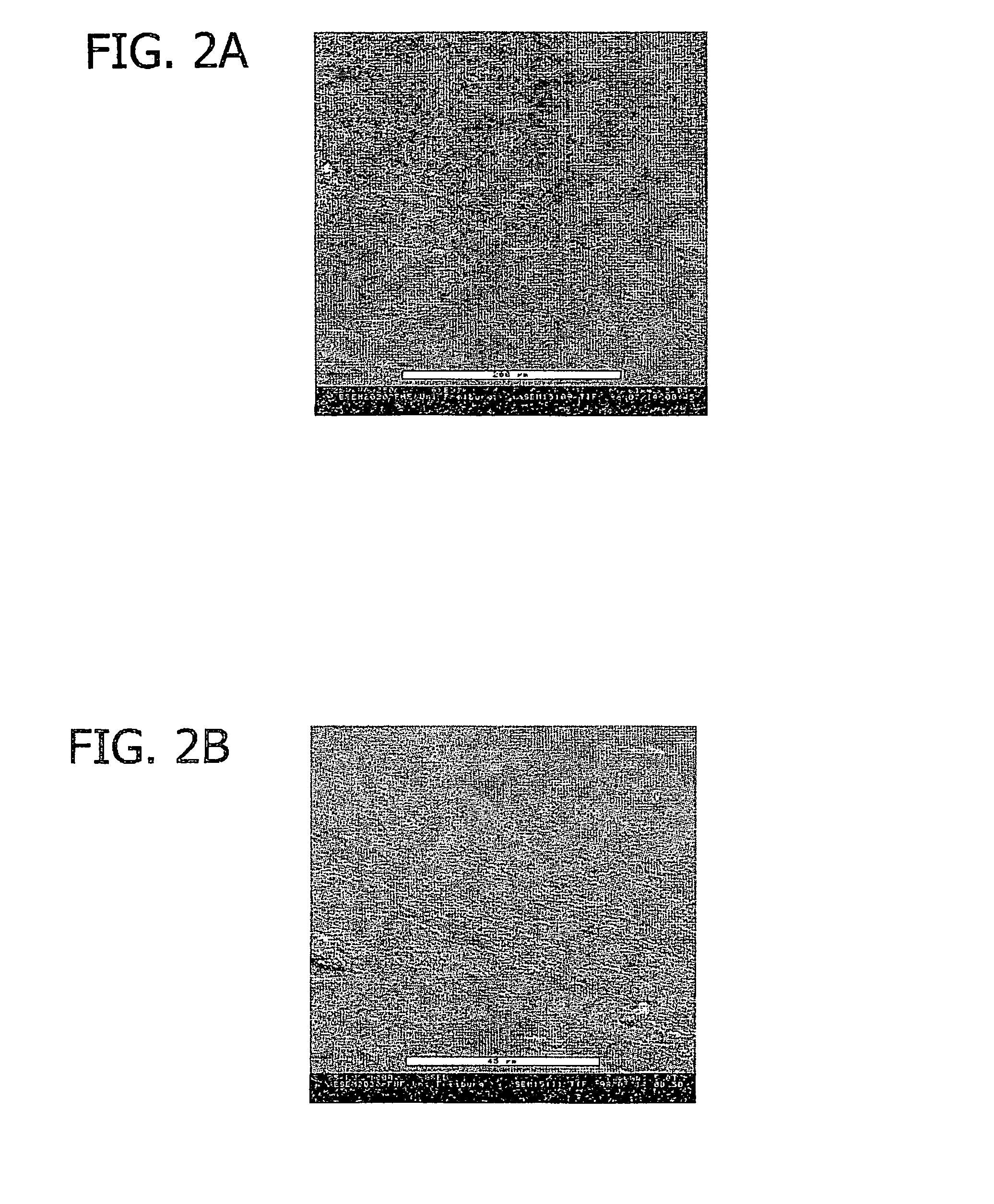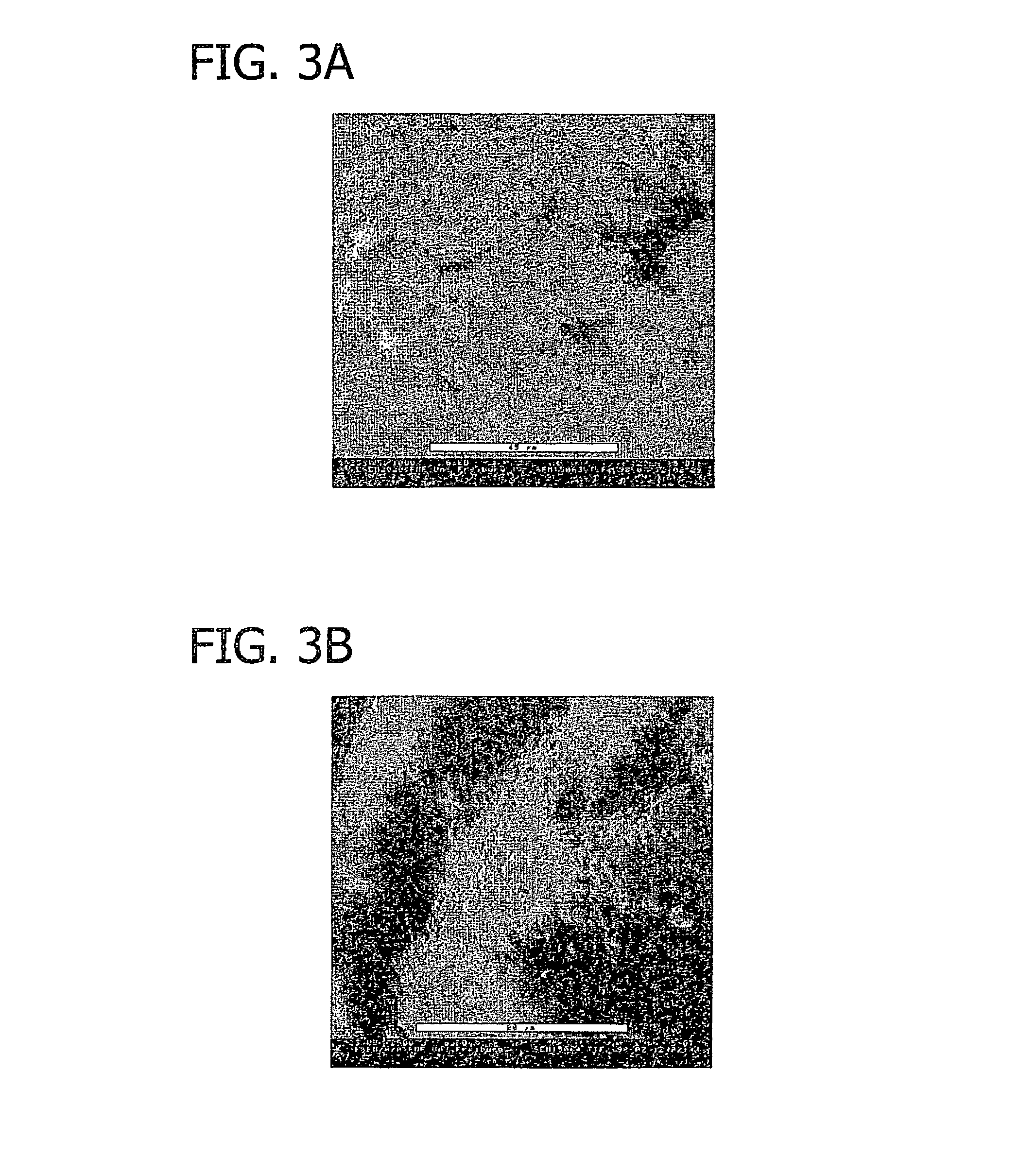Method for directed cell in-growth and controlled tissue regeneration in spinal surgery
a spinal surgery and directed cell technology, applied in the direction of biocide, prosthesis, drug composition, etc., can solve the problems of high pain, high percentage of perineural fibrosis and adhesion, need for additional surgery, etc., to prevent and minimize uncontrolled adhesion and scar formation
- Summary
- Abstract
- Description
- Claims
- Application Information
AI Technical Summary
Benefits of technology
Problems solved by technology
Method used
Image
Examples
examples
Adhesion and Fibrosis Formation, Basics and Study Goal
[0067]Excessive scar tissue formation and adhesion is a serious problem in spine surgery, frequently causing radicular pain and physical impairment, e.g., failed lumbar disc surgery or post discectomy syndrome. The incidence of dura mater lesion in case of revision surgery is reported between 5 and 10% in the literature.
[0068]The most important critical parameters for the postoperative development and extent of adhesion formation are:[0069]the preoperative situation of the surgical area (existing adhesions / fibrosis, inclusive a genetically predisposition of the patient);[0070]the intraoperative performance of the surgery (extent of wound area, avoidance of injuries of tissues and certain anatomical structures (e.g. membranes), carefulness of hemostasis, avoidance of drying out of tissues etc.); and,[0071]intraoperative measures for prevention and minimization of postoperative adhesions, e.g. implantation of anti-adhesive implants...
example i
Materials and Methods: Animal Experiments Showing Reduced Adhesions in Spinal Surgery Using the Biofunctional Collagen Foil Biomatrix
A) Materials and Methods as shown in FIGS. 7-9:
Animals: New Zealand White rabbit, both genders, weight 4 kg. Origin: Charles River, Sulzfeld, Deutschland or Harlan Winkelmann, D-33178 Borchen.
Models and Groups:
Use of a biofunctional collagen foil biomatrix: Laminectomy, exposure of the spinal nerve root and application of the collagen foil biomatrix. Each group includes 20 animals.
Group 1: Laminectomy, Skin closure (Control).
Group 2: Laminectomy, Covering with collagen foil biomatrix.
[0075]The animals were positioned in a prone position and secured with the surgical area (lumbar spine) shaved. Under sterile conditions, after median incision of the skin, the Para vertebral musculature was detached from the spinous processes and the laminae of the lumbar vertebral spinal column exposed. Hemilaminectomy of the 3rd and 4th lumbar vertebra was condu...
example ii
Collagen Foil Biomatrix One Week After Implantation in Human Patient
[0077]The human patient (age: 18, gender: female) was operated in the interval of 7 days in the frame of a routine surgical treatment (epilepsy). The collagen foil biomatrix was implanted epidural during the first surgery (prevention of CSF leaks). During the second surgery, the collagen foil biomatrix implant was removed routinely before the reopening of the dura. After one week of epidural implantation, the collagen foil biomatrix is still mechanically stable and removable as shown in FIG. 10.
[0078]FIG. 11 is a sectional view of the collagen foil biomatrix of FIG. 10 one week after implantation. As can be seen, fibroblasts are growing into the collagen foil biomatrix, directed by the multi-layer structure. The penetration in longitudinal direction is about 220 to 320 μm.
[0079]The speed of the directed in-growth of repair cells along the multi-layered structure is about 10 to 15 times higher in longitudinal directi...
PUM
| Property | Measurement | Unit |
|---|---|---|
| thickness | aaaaa | aaaaa |
| thickness | aaaaa | aaaaa |
| thickness | aaaaa | aaaaa |
Abstract
Description
Claims
Application Information
 Login to View More
Login to View More - R&D
- Intellectual Property
- Life Sciences
- Materials
- Tech Scout
- Unparalleled Data Quality
- Higher Quality Content
- 60% Fewer Hallucinations
Browse by: Latest US Patents, China's latest patents, Technical Efficacy Thesaurus, Application Domain, Technology Topic, Popular Technical Reports.
© 2025 PatSnap. All rights reserved.Legal|Privacy policy|Modern Slavery Act Transparency Statement|Sitemap|About US| Contact US: help@patsnap.com



